Lynx of the world
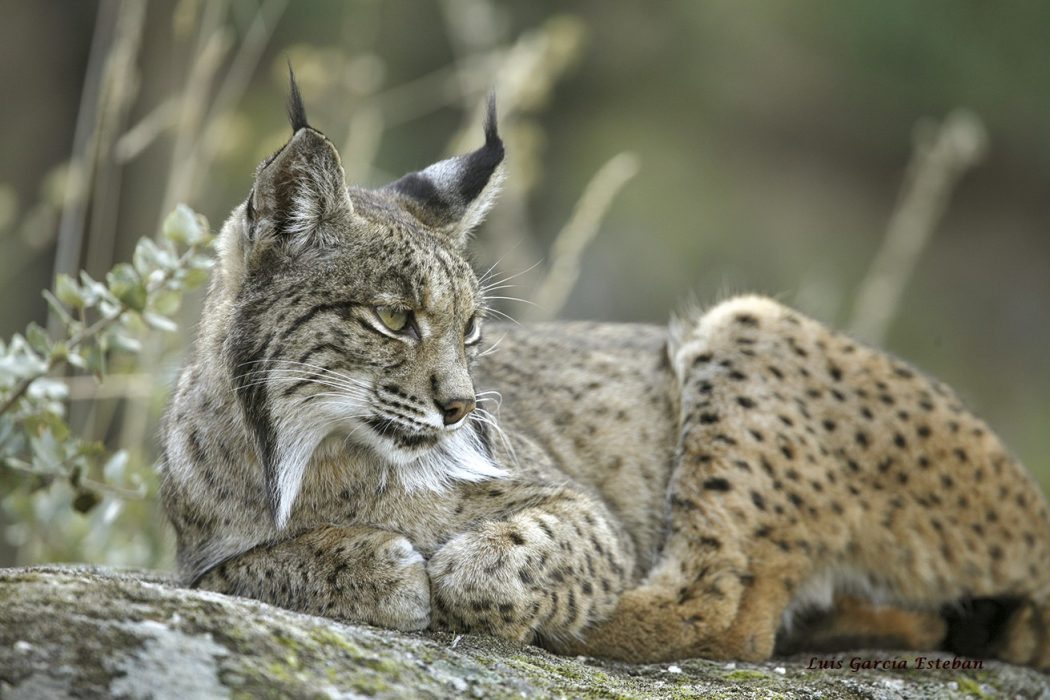
The lynx is a carnivorous mammal of the Felidae family and belongs to the Lynx genus.
They have the appearance of a wild cat and inhabits only in the northern hemisphere. There are 4 different species of lynx; one of them is in the sad ranking of the most threatened species of the planet: the Iberian lynx.
Each specie of lynx has a different pattern of spots and stripes, a long and dense coat, according to the climate they have adapted to, and a black tip of hair that looks like a brush crowns its ears.
We all know the Iberian lynx (Lynx pardinus), undoubtedly the jewel in the crown of the Iberian fauna.
Endemic to the Iberian Peninsula a few years ago it was on the verge of extinction. Fortunately and after lots of efforts invested in specie recovery programs currently its population is recovering and little by little we can find them more frequently in our Mediterranean forests.
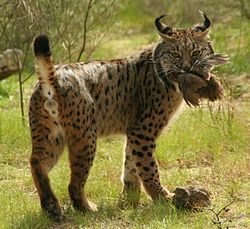
In addition to the Iberian Lynx, in the world we can find another 3 different species of lynx:
- Red lynx (Lynx rufus): Lives in the US and southern part of Canada, and has the ability of adapting to very diverse habitats, it is able to live in swamps, forests or even border areas of the cities (although it prefers places where it can easily shelter). Unlike the Iberian lynx, this type of lynx feeds on very diverse prey, among them: rodents, reptiles, birds, larger animals and, of course, hares. Fortunately they are not yet threatened, although in many places their hunting is legal and unless their conservation is promoted, they could suffer the same fate as the Iberian lynx.
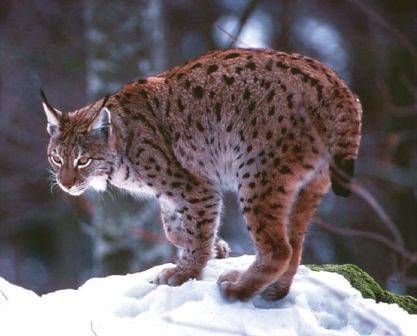
- Canadian lynx (Lynx canadiensis): Impressive lynx adapted to live in cold climates of the north of the American continent, in Canada. It characterizes for having a beautiful whitish coat and for its prominent legs, which serve as snowshoes to walk in the snow. Like the Iberian lynx, its diet is mainly composed of hare (in the case of the Iberian lynx, wild rabbit).
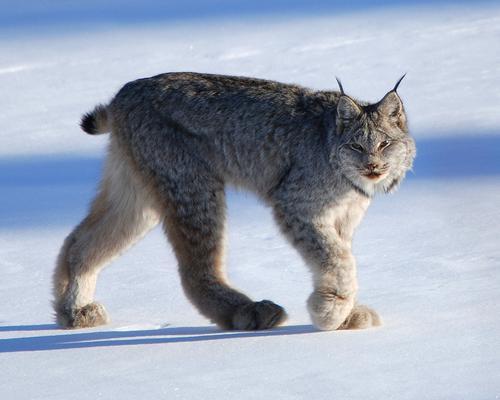
- Boreal lynx or Eurasian lynx (Lynx lynx): It is the biggest lynx (can weigh up to 30 kg) and its power lies in its strong legs. The habitat of the boreal lynx covers much of Europe, we can find him in dense forests and also in rocky outcrops. They are also currently found in places of the Middle East and Asia and up to the Tibet Plateau. The population is estimated in around 50 thousand individuals worldwide, the vast majority of which are in Russia and China. Their diet includes rodents, foxes, deer and even wild boar, although of course any animal prefers prey that are easy to hunt and that does not require a great expenditure of energy.
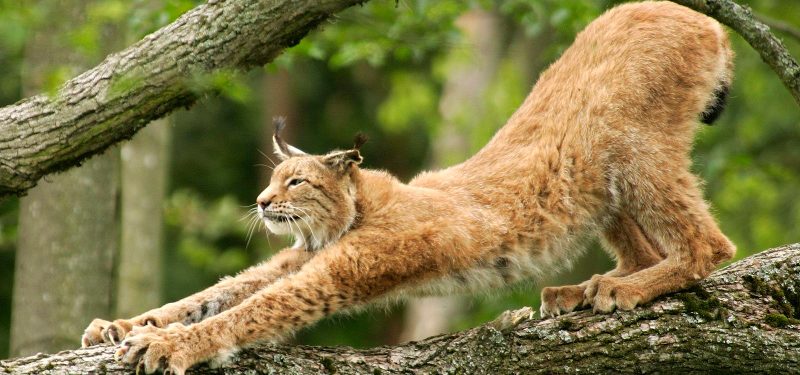
Did you know…?
Until not too long ago, the caracal (Caracal caracal) was also considered as a type of lynx, in fact it is still known as the African lynx. It is not strange to think that they belonged to the same genus, since their morphology is quite similar to that of the lynx, but nevertheless, they are quite genetically separated from each other. It is more related to other felines. Finally after some genealogical studies it was concluded that it does not belong to the Lynx genus, so they changed the name to Caracal Caracal.
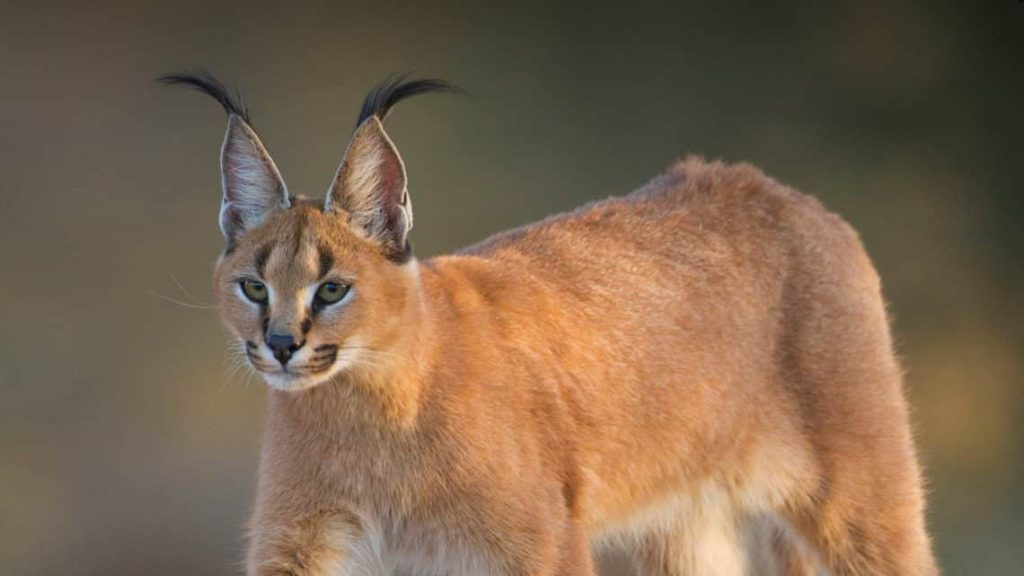

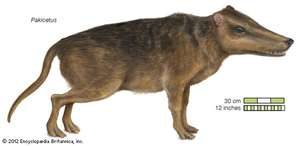
No Comments